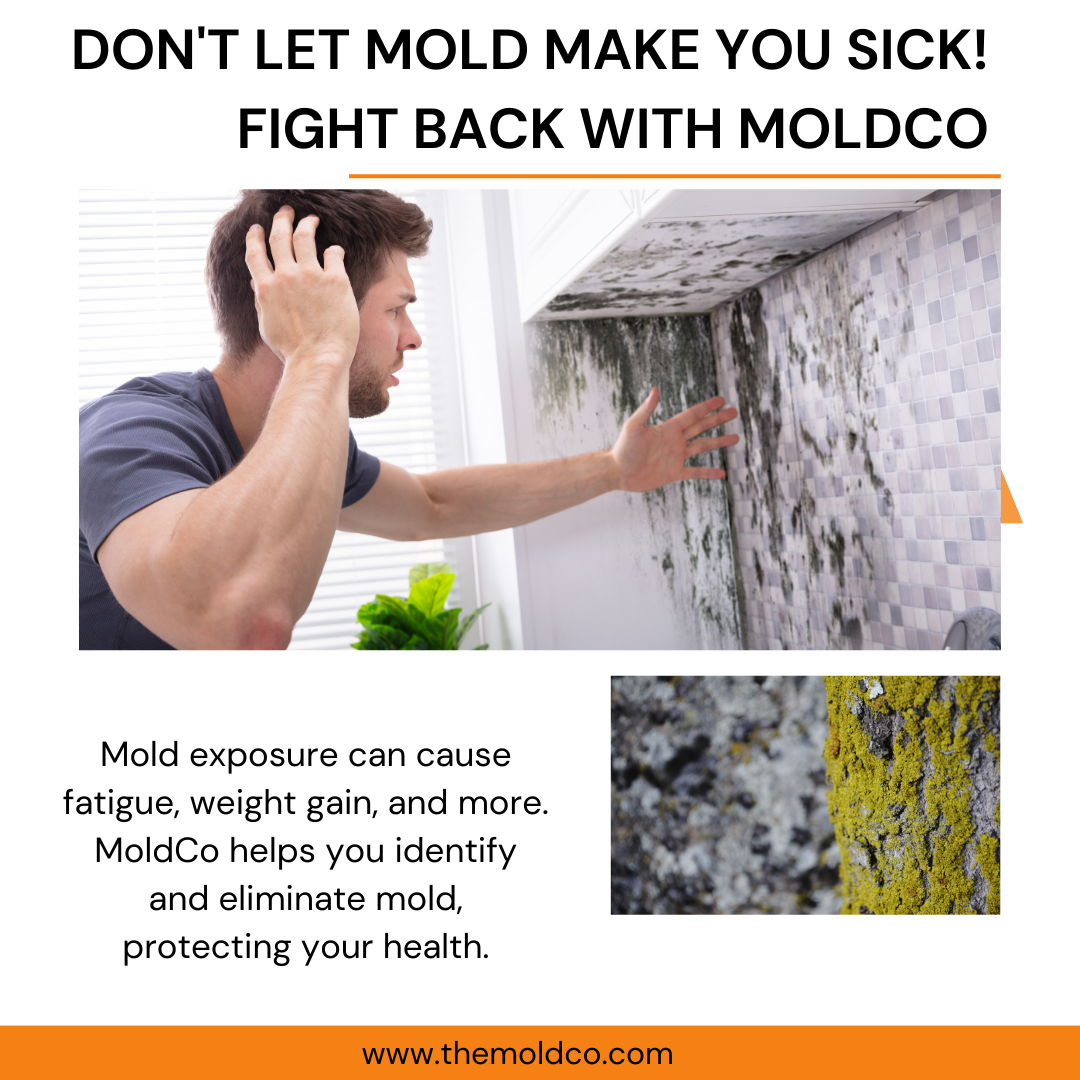-
Fil d’actualités
- EXPLORER
-
Pages
-
Groupes
-
Evènements
-
Blogs
-
Marketplace
-
Forums
-
Jeux
Mold Related Illnes

Understanding Indoor Mold: Risks, Prevention, and Management
Indoor mold is a common concern for homeowners, renters, and property managers alike. It's not just an aesthetic issue; it can have significant implications for the health of the building's occupants and the integrity of the structure itself. This article delves into what indoor mold is, the risks associated with it, and effective strategies for prevention and management.
What is Indoor Mold?
Indoor mold refers to the growth of various types of fungi within indoor environments, particularly in areas prone to dampness and high humidity. Mold is an integral part of the natural environment, playing a crucial role in decomposing dead organic material. However, when it infiltrates indoor spaces, it becomes a problem. Mold reproduces through tiny, airborne spores that can settle on surfaces under the right conditions—namely, adequate moisture, suitable temperatures, and a food source, such as dust or cellulose-based materials.
Health Risks Associated with Indoor Mold
Exposure to mold can lead to a variety of health issues, especially for individuals with allergies, asthma, or compromised immune systems. Common symptoms of mold exposure include:
Respiratory problems, such as wheezing, difficulty breathing, and coughing
Allergic reactions, including sneezing, runny nose, red eyes, and skin rash
Asthma attacks in people with asthma who are allergic to mold
More severe reactions, such as fever and shortness of breath, can occur among individuals exposed to large amounts of mold in occupational settings
In addition to the commonly recognized health risks of indoor mold, it is imperative to consider the significant impact of biotoxins from water-damaged buildings on the innate immune system. These biotoxins can cause chronic inflammation, manifesting in a wide array of symptoms that may affect various aspects of health and well-being. Individuals exposed to such biotoxins might experience fatigue, weakness, aches, muscle cramps, sharp "ice pick" pains, headaches, light sensitivity, red and tearing eyes, sinus complications, cough, shortness of breath, abdominal pain, diarrhea, joint pain with morning stiffness, cognitive issues including memory and concentration problems, confusion, skin sensitivity, mood and appetite fluctuations, sweats, night sweats, problems with temperature regulation, excessive thirst, increased urination, static shocks, numbness, tingling, vertigo, a metallic taste in the mouth, and tremors. These symptoms are often diverse and nonspecific, making them challenging to diagnose, but they should be considered in the context of potential mold exposure, especially when linked to water damage in the environment.
It's important to note that not everyone will experience symptoms upon exposure to mold, but the potential for health risks makes it a concern worth addressing.
Preventing Indoor Mold Growth
The key to preventing mold growth is controlling indoor moisture levels. Here are some effective strategies:
Maintain Low Humidity: Use dehumidifiers and air conditioners to keep indoor humidity levels below 60%, ideally between 30% and 50%.
Ventilate: Ensure proper ventilation in high-moisture areas such as the kitchen, bathroom, and laundry room. Use exhaust fans to remove moisture to the outside.
Fix Leaks: Repair any leaks in your home's roof, walls, or plumbing promptly to prevent moisture accumulation.
Dry Wet Areas: Any area of your home that becomes wet, whether from leaks, spills, or flooding, should be dried within 24 to 48 hours to prevent mold growth.
Clean and Dust Regularly: Regular cleaning helps remove potential food sources for mold. Pay special attention to bathrooms and kitchens, where mold is more likely to grow.
Managing Mold Infestations
If you discover mold in your home, addressing it promptly is crucial to prevent its spread and mitigate health risks. Small areas of mold can often be cleaned using a solution of water and detergent, but for larger infestations or if mold is in your HVAC system, it's advisable to seek professional mold remediation services. Professionals have the tools and expertise to safely remove mold and prevent its return.
Conclusion
Indoor mold is more than just an unsightly nuisance; it poses real health risks and can damage your home. By understanding what causes mold to grow and implementing preventative measures, you can protect your health and your property. If you suspect a mold problem, don't hesitate to act quickly to address it, seeking professional help if necessary.
About Company
Mold-related illness is caused by exposure to biotoxins found in water-damaged buildings. The signs of mold toxicity are varied, and range in severity depending on the individual's environment and unique biology.
Mold exposure can cause fatigue, brain fog, weight gain, hormonal shifts, mood changes, sinus issues, and more. AirOasis iAdapt Air purifiers are the ‘Doctor's Choice for Biotoxins and Allergens’, purifying mold, mycotoxins, actinobacteria, endotoxins, dust, dander, pollen, smoke, bacteria, and viruses from your environment.
Click Here For More Info:- https://www.themoldco.com/
- Whats New
- Shopping
- Wellness
- Sports
- Theater
- Religion
- Party
- Networking
- Music
- Literature
- Art
- Health
- Jeux
- Food
- Drinks
- Fitness
- Gardening
- Dance
- Causes
- Film
- Crafts
- Other/General
- Cricket
- Grooming
- Technology

